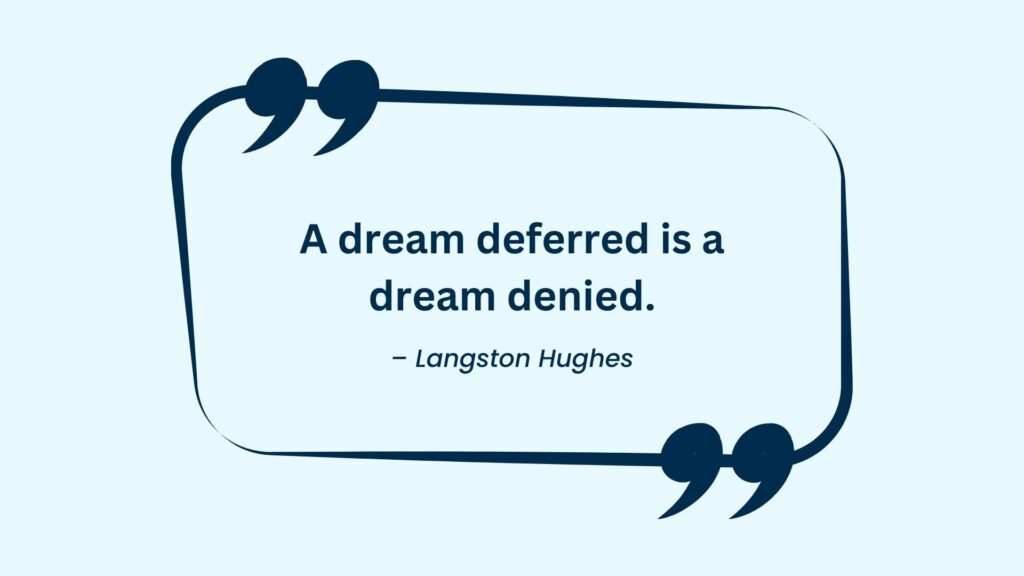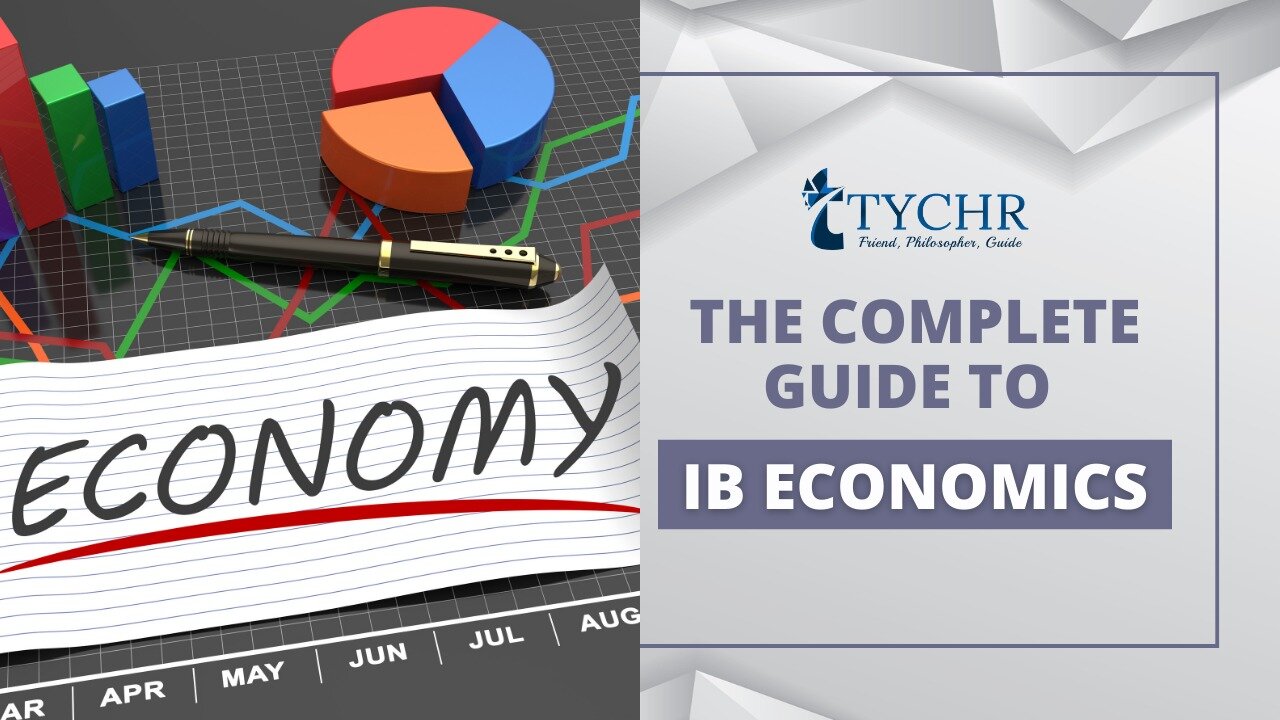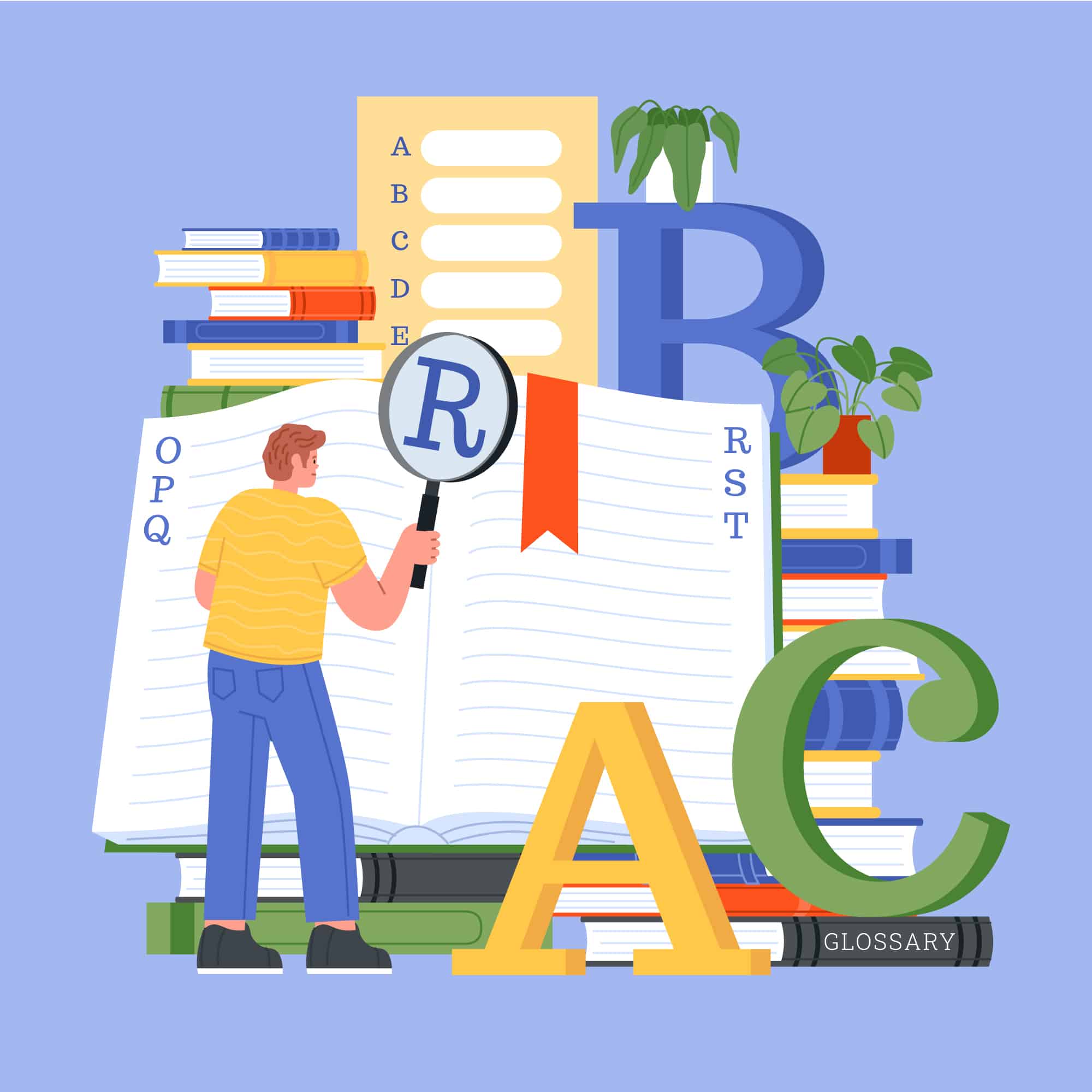Table of Contents [hide]
If you’ve studied Economics before, then it’s likely that you’ve only dipped your toes into the water. With IB Economics, be prepared to swim within the deep oceans. While that may sound intimidating, we can help ease the transition. We’ve curated the complete IB Economics guide to tackling examinations, internal assessments as well as the Extended essay to ensure that you will do swimmingly well.
To begin with in this IB economics Guide, you must understand that there are 3 components when it comes to IB Economics:
- Internal Assessments (IA)- 20%
- Final Examinations- 80%
- Extended Essay (EE)
Internal Assessments
The IB requires you to document three commentaries from 3 out of the 4 sections of Economics: Microeconomics, Macroeconomics and Global Economics.
Unlike most IAs, you do not have to formulate your own research question and conduct any sort of primary research. Instead, you will be required to browse through articles that are dated within the past five years and pick one based on each section. Using information from this article, you will have to analyse the economic scenario, define key terms, including diagrams, make arguments, and if possible, propose alternatives.
Word count: 750 words
Struggles: A struggle that students often tend to face is that they get so caught up in the subject-specific jargon that it ends up making no sense to the common man. The point of the IA is to ensure that you communicate your point well and thoroughly to someone who doesn’t have any prior knowledge in the subject. Hence, it is very important to keep it simple and straightforward.
Here is an example of the structure:
- Microeconomics: Indirect tax on demerit goods
- Introduction: Define key terms. In this article, you would have to define indirect tax and demerit goods, with relevance to the context.
- Diagram: Impact of indirect tax on demerit goods using an inelastic demand curve.
- Evaluation: Assess the effectiveness of the indirect tax using the CLASPP approach (Conclusion, Limitations, Assumptions, Stakeholders, Priorities, Pros and Cons). Suggest alternatives if necessary. In this case, an alternative could be a complete ban on demerit goods.
Final Examinations
In IB Economics, there are 3 papers: (SL excludes paper 3)
Paper 1: Extended response (30%)
Duration: 1 hour 15 minutes
Structure:
- In Section A, you choose 1 question out of 2.
- In Section B, you choose 1 question out of 2.
Each question in both A and B sections consists of two (a) and (b) parts, which are compulsory. Part (a) consists of 10 marks and Part (b) consists of 15 marks.
The way you would approach these essay questions are very similar to how you would tackle the IA. So if you are familiar with writing IAs, then this should be no biggie.
Struggles: the day that a student is able to complete the entire paper in the given time duration is the day that I will decide to face my biggest fears. It is almost impossible to have put your pen down by the time the bell rings. As this paper is quite extensive, you will have to practice day and night to be as time-efficient as you possibly can. However, don’t worry if you don’t finish your paper, there is still scope to maximize your points in various other areas.
Tip: Remember to use real-life examples when supporting your arguments. This will leave a good impression on your teacher.

Paper 2: Data response (30%)
Duration: 1 hour 45 minutes
Structure:
- In Section A, you will have to choose 1 question out of 2.
- In Section B, you will have to choose 1 question out of 2.
Struggles: With this extensive data response paper, you will really have to cover the entire syllabus. Unlike the previous years, these case studies consist of a lot more questions pertaining to definitions, analysis of a concept, graphs, etc. So ensure that you are up to date on your revision, because last-minute prep will not work.
Paper 3: Policy paper-based (20%)
Duration: 1 hour
Structure:
- Students will be required to solve economic problems and suggest appropriate policies.
Struggles: In this paper, application is key. Understanding the economic problem presented to you is just one part. The other part that will actually get you marks is figuring out the right policies to apply. Therefore, studying from the textbook will not be sufficient. You must practice, practice, practice.
Also Read – Comprehensive IB Economics SL & HL Syllabus
Extended Essay
The extended essay is a mandatory core component of the IB Diploma Programme that ends with a 4000-word essay. It contributes to the 3 extra points apart from the cumulative subject score for the 6 chosen subjects. This combined along with the TOK essay is graded according to a TOK EE matrix that determines how many points you will additionally obtain. With your extended essay, a viva voce will be considered to test your knowledge and spontaneity of how well aware you are of your essay.
Here are three important tips for writing your EE in IB economics:
- Choose an interesting subject area and pick a topic
Choosing one subject from the various EE subjects IB has to offer is the first and vital step in writing the Extended essay. Considering a topic from a preferred subject would have you more involved through the course of this investigation. And also, it would have involved you more because you will have to write 4000 words on it! A piece of additional advice would be to target a topic from a subject that would help you boost your university application.
- Plan the extended essay thoroughly
Structuring the extended essay is the next crucial step to writing your extended essay. Arranging all the components of the essay would provide clarity on what needs to be done in terms of writing the theory as well as performing the experiments. In addition, IB extended essay samples could also aid in understanding the way in which the essay is carried out uniformly. This includes the order in which each section is explained and also showcases the priority of which sections need to be mentioned beforehand. In certain instances, the examples may not follow the same order as your extended essay; however, it could be used for guidance as to how each section is developed into the next.
- Reflection is important
Reflecting on your extended essay shows the process of your investigation and how you face and overcome challenges that are put your way. It additionally shows personal and true engagement since you take the extra effort to come up with a solution. Reflection is one of the key skills that IB looks at in a student because it would indicate that they learn from mistakes and find solutions rather than discarding them completely. This particularly aids in your learning process throughout the course of this essay because you would be faced with various kinds of challenges either be it experimentation, finding an alternate method for calculation or much more.
And that’s about it. That’s all you need to know. Your pocket handbook or your Pocket IB Economics Guide is now ready. If this doesn’t give you the confidence to jump into a pool without a lifeguard, I don’t know what will. So, get to studying and we’re sure that you will knock it out of the park.
Frequently Asked Questions (FAQs)
Q1: What is IB Economics?
A: IB Economics is a course offered by the International Baccalaureate (IB) program that focuses on the study of economics from a global perspective. It covers topics such as microeconomics, macroeconomics, international trade, and economic development.
Q2: What are the benefits of studying IB Economics?
A: Studying IB Economics can provide a strong foundation in economic principles and theories, as well as critical thinking and analytical skills. It can also prepare students for higher education in economics or related fields, as well as careers in areas such as finance, business, and public policy.
Q3: How is IB Economics assessed?
A: IB Economics is assessed through a combination of internal and external assessments. Internal assessments are completed by the student under the guidance of their teacher and include written assignments and oral presentations. External assessments include exams at both the standard and higher levels, which consist of multiple choice questions, short answer questions, and essays.
Q4: What are some key topics covered in IB Economics?
A: Some key topics covered in IB Economics guide and in the subject include supply and demand, market equilibrium, elasticity, market failure, economic growth, inflation, exchange rates, international trade, and development economics.
Q5: What resources are available to help students prepare for IB Economics?
A: There are several resources available to help students prepare for IB Economics, including textbooks, study guides, online resources, and tutoring services. Use the IB economics guide given above too and It is also recommended to attend review sessions or seek guidance from a teacher or tutor to help clarify any questions or confusion.







